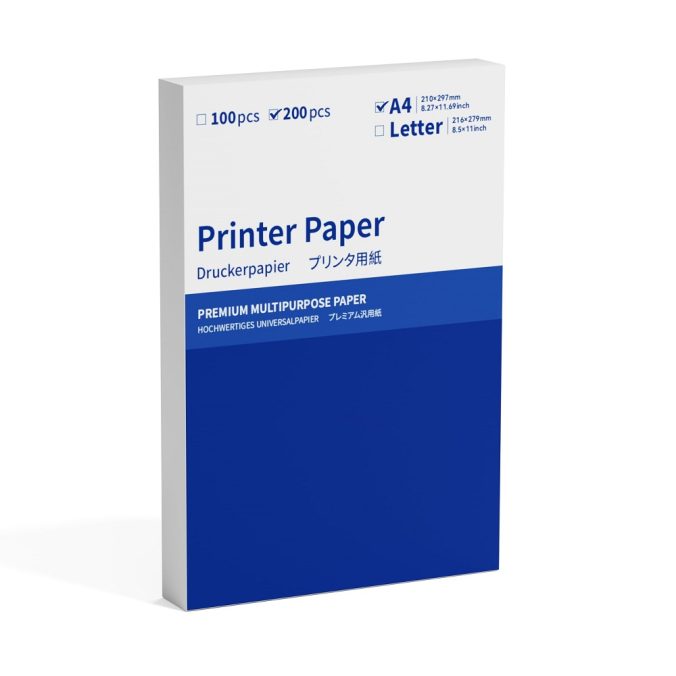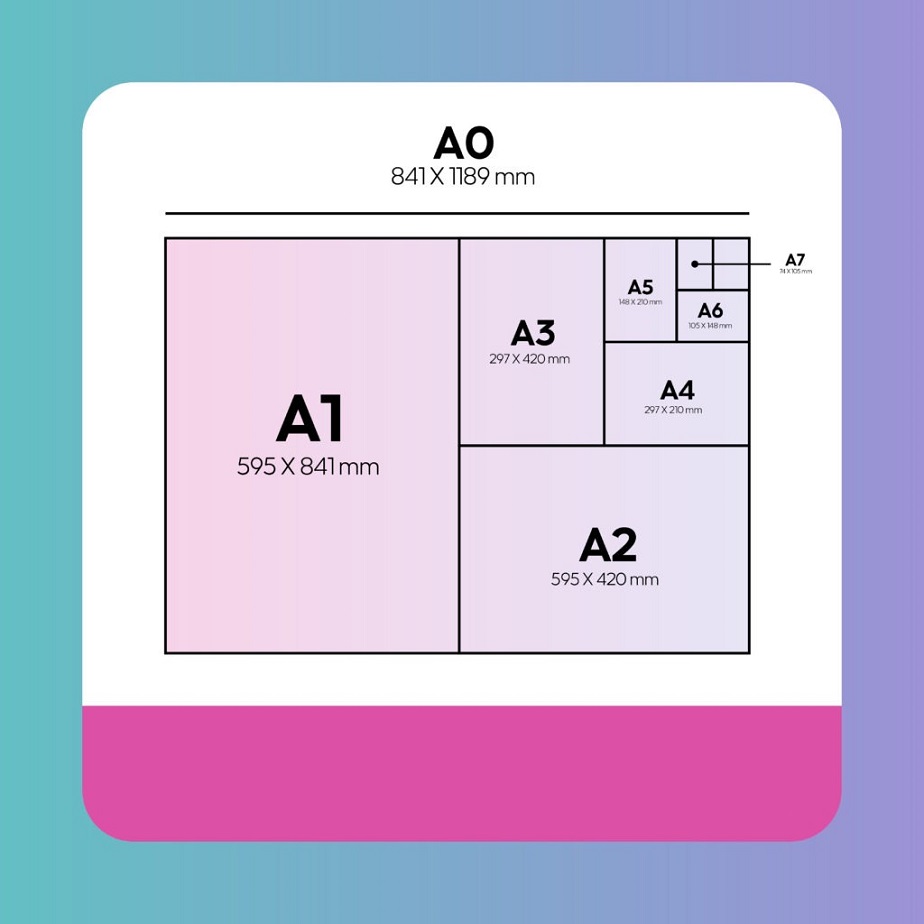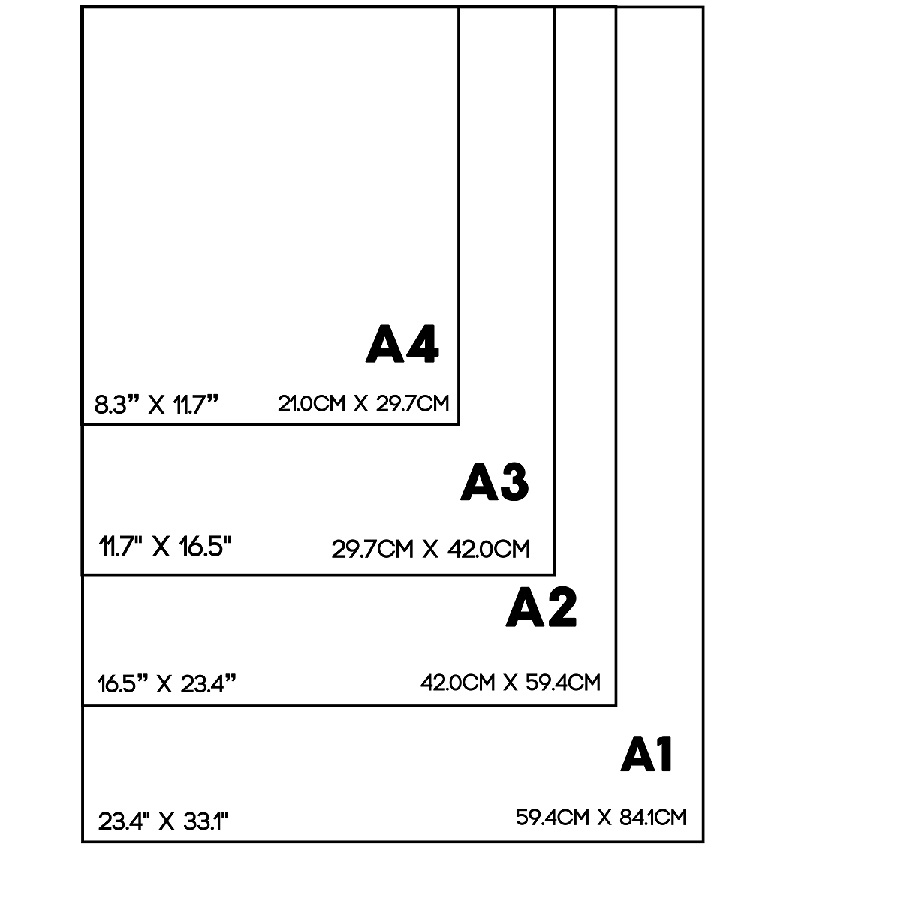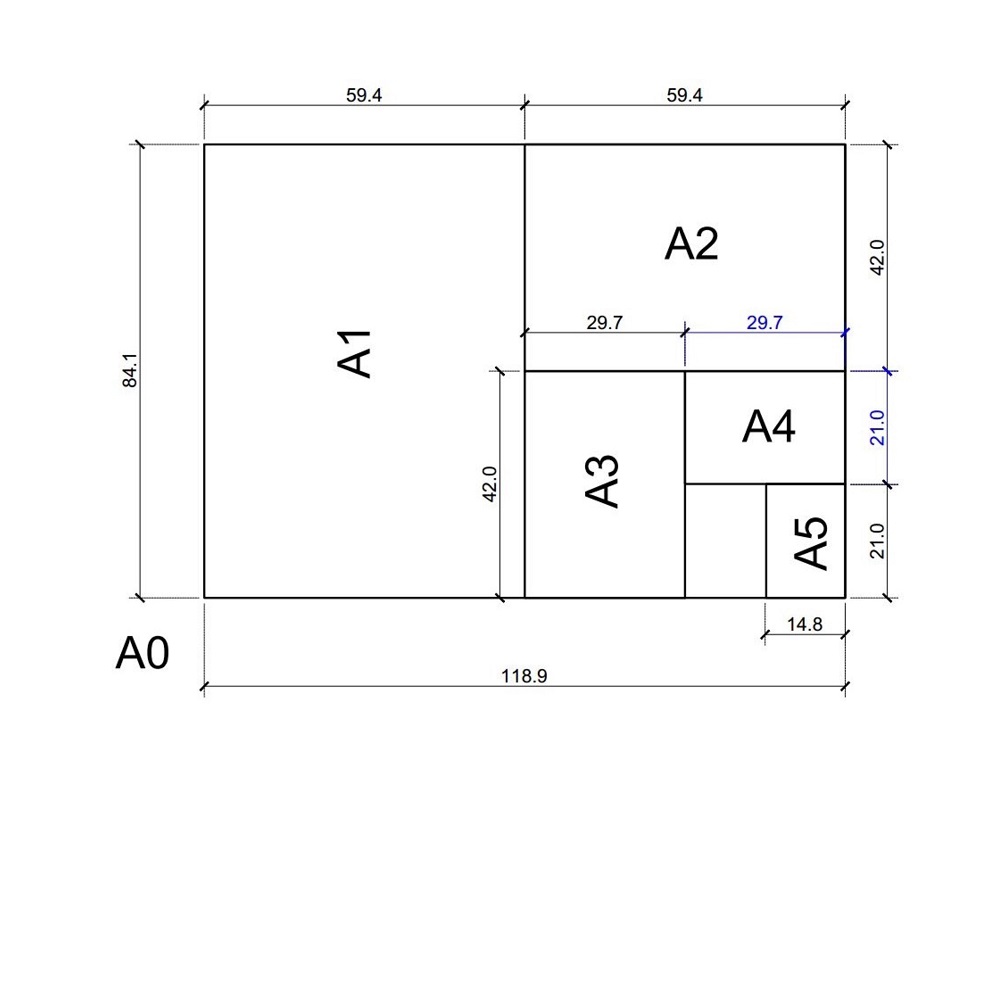Common US Paper Sizes and Their Uses
In the United States, three paper sizes dominate print usage. These sizes cater to a variety of document needs.
Letter Size: Everyday Printing Needs
The Letter size, measuring 8.5 x 11 inches, is known as the normal printer paper size. It is standard in most printers and serves most printing tasks. You’ll use it for reports, resumes, and both personal and office letters. It’s also suitable for making simple brochures and flyers.
Legal Size: Professional Legal Documents
With dimensions of 8.5 x 14 inches, Legal size paper is longer than Letter size. This extra space works well for documents that need more length, such as contracts and legal filings. Offices and law practitioners often use Legal size for official documents.
Tabloid Size: Graphics and Presentations
Tabloid size, at 11 x 17 inches, offers a larger area ideal for visual materials. Its size works well for detailed designs like charts, posters, and large format images. Professionals in advertising and design frequently use this size for impactful presentations and marketing materials.
International Paper Size Standards
While the US has its own paper size norms, internationally the system is quite different. Delving into international standards, we encounter the A and B series.
The A-Series: ISO Global Standard
The A-Series is the go-to global standard for paper sizes. Its design is based on an aspect ratio of 1:√2. This allows for a consistent scale-up or scale-down when printing. Here’s a quick view of some A-Series sizes:
- A4 (210 x 297 mm): Often used for office documents, letters, and forms. This size is the international counterpart to the US Letter size.
- A3 (297 x 420 mm): Great for larger documents like posters and plans. It’s roughly equivalent to the US Tabloid size.
- A5 (148 x 210 mm): Ideal for notepads and flyers. It’s half the size of an A4 sheet.
This series simplifies rescaling and ensures compatibility across different countries, given its wide international acceptance.
The B-Series: Specialized Formats
The B-Series offers additional options, particularly used in specialized contexts. These sizes fill the gaps between the A-Series sizes. For example:
- B4 (250 x 353 mm): Common for magazine spreads and larger booklets.
- B5 (176 x 250 mm): Typically used for smaller magazines, books, and flyers.
- B6 (125 x 176 mm): Suited for pocket-sized diaries and smaller publications.
Such sizes cater to specific use cases, offering versatility in printing and document creation. It’s essential to make note of these varying sizes, especially if you’re dealing with international printing or if your work involves a range of media types.
The Importance of Paper Size Knowledge in Business
Understanding paper sizes is key for smooth business operations. It helps avoid printing issues and ensures documents look professional when shared internationally.
Ensuring Document Compatibility Across Borders
Businesses often exchange documents with international partners. Knowing the normal printer paper size and other standards prevents formatting errors. It’s crucial to match the document size in your printer settings to the paper used abroad. This ensures the document prints correctly and maintains its layout.
For instance, if you use Letter size in the U.S. but your partner in Europe uses A4, adjusting your document’s size is important. This prevents cut-off text and empty margins when your document is printed overseas. Always check paper size compatibility before sending files for printing.
Communicating Professionally in International Trade
Using the correct paper size not only affects document appearance but also perception in global trade. Presenting a contract or proposal on the standard paper size shows attention to detail. It reflects respect for international norms and professionalism.
Imagine sending a legal contract to a European client on Letter size instead of A4. This could cause inconvenience and seem unprofessional. Using A4, the international standard, can avoid such issues. It ensures your document is easy to file and aligns with the client’s expectations.
In summary, knowing and using the right paper sizes is vital. It helps businesses communicate properly and look sharp in an international setting. Always choose the standard sizes accepted in the region you are doing business with.
Non-Standard Paper Sizes
Understanding the variety of paper sizes beyond the traditional ones helps cater to specific needs.
The Executive and Government Letter Sizes
The Executive size, measuring 7.25 x 10.5 inches, is often found in personalized stationery and compact reports. It’s smaller than the normal printer paper size, providing a sleek look. The Government Letter, at 8 x 10.5 inches, is typically reserved for official documents. These sizes are distinct and may be used to conform to particular regulations or aesthetic choices.
Digital Printing and Specialty Media
Digital printing caters to large-scale and high-quality graphics. Sizes like Super B, at 13 x 19 inches, are ideal for detailed prints and posters. This size range is useful for vibrant, eye-catching visuals. Other formats, suited for digital arts or large photographs, span from 12 x 18 inches to 14 x 20 inches. These non-standard sizes accommodate artists, advertisers, and photographers who require precise detail and space. Specialty media, like canvas or vinyl, may also come in unique sizes that are specific to project or display needs.
Choosing the Right Paper Size for the Job
Selecting the correct paper size is crucial for a quality print job. Think about what you are printing and why. This ensures it looks right and fits its purpose.
Assessing Document Type and Purpose
When deciding on paper size, first consider what you are printing. For everyday office documents like letters or reports, the normal printer paper size, Letter (8.5 x 11 inches), is perfect. Use Legal size (8.5 x 14 inches) for longer legal files. Choose Tabloid (11 x 17 inches) for large graphics or full-page designs. If you’re printing for a specific event or purpose, think about how the document will be used. A pamphlet may need a smaller, more portable size, whereas a poster demands a larger canvas to catch the eye.
Understanding Printer Specifications
After choosing a document size, check your printer. Most home and office printers take Letter size as the standard. For lengths like Legal or widths like Tabloid, you might need a different printer or an extra tray. Check the printer’s manual or settings to see which sizes it can handle. If your printer doesn’t support the size you need, you may have to go to a print shop. Large or specialized prints might require professional printing equipment.
Remember these tips to avoid print issues and ensure high-quality results. Use Letter size for everyday tasks, Legal for long documents, and Tabloid for big graphics. Always match your printer’s specs to the paper size you choose. This avoids jams and damage, keeping your printer running well.
Ensuring High-Quality Output and Printer Health
Choosing the correct paper size is vital for top-notch prints and a healthy printer. Here’s why it matters.
Avoiding Printing Errors and Material Waste
Matching the correct paper size with your printer’s settings is crucial. It prevents text from getting cut off. This ensures every print looks clean and professional. Using the right size also avoids paper jams. Fewer jams mean less wasted material and time.
Consider what you want to print before hitting ‘print’. For normal printer paper size documents, select ‘Letter’. Need longer text like contracts? Go ‘Legal’. For big images or charts, choose ‘Tabloid’. Doing this helps you avoid errors and reduce waste.
Maintaining Consistency and Professional Presentation
Using the standard paper size in business interactions is respectful. It shows you care about the details. When your documents have the right size, they are easy to read and handle. This signals professionalism.
For international work, know the regional norms. If you’re in the U.S. but sending to Europe, adjust the size to A4. This small step can have a big impact on how your business is viewed. Properly formatted documents leave a good impression. They show that you can work smoothly across borders.
To summarize, picking the right paper size keeps your prints looking sharp. It also saves on materials and keeps your printer running longer. Plus, it tells clients you are professional and detail-oriented. Always double-check your document and printer settings for the best outcome.




Leave a Reply